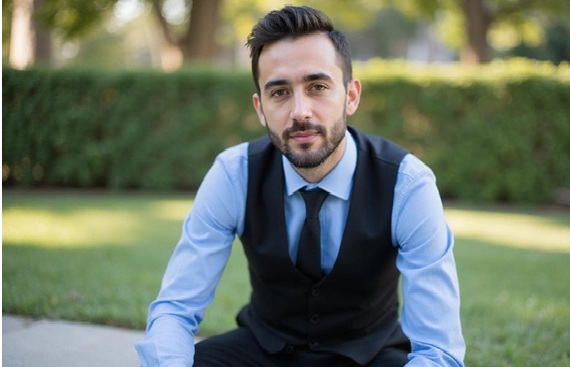Osman Gunes Cizmeci on Value-Sensitive Design Gains Ground in UX: Why It Matters Now

As AI, personalization, and immersive technologies weave deeper into everyday life, UX designers are grappling with questions that extend far beyond usability. Increasingly, the focus is shifting toward value-sensitive design (VSD) — an approach that systematically integrates human values into the design process. As AI, personalization, and immersive technologies weave deeper into everyday life, UX designers are grappling with questions that extend far beyond usability. Increasingly, the focus is shifting toward value-sensitive design (VSD) — an approach that systematically integrates human values into the design process.
The methodology, first developed in academic research in the 1990s, has found new urgency in 2025 as issues like opaque AI decision-making, data privacy, and cultural diversity bring ethical stakes to the surface. For designers like Osman Gunes Cizmeci, a New York–based UX/UI designer and commentator on emerging trends, VSD is less an optional framework than a professional imperative.
“Early in my career, I treated ethics and inclusion as something you layered in at the end,” Cizmeci says. “Now I see value-sensitive design as a kind of compass — it keeps me anchored in creating technology that respects people.”
From Constraint to Compass
Value-sensitive design encourages teams to ask not just what works, but whose values are served. That means identifying stakeholders, surfacing hidden tensions (such as convenience versus consent, or efficiency versus reflection), and ensuring technical systems support those values consistently.
Cizmeci describes his own process as beginning with “value maps” before wireframes. “I explicitly map values in tension,” he explains. “That way, during design reviews, when someone suggests a shortcut, I can ask: which side of our value map does this lean toward?”
Beyond Usability
Traditional usability tests often ask whether users can complete a task. In a VSD approach, the questions go further: Did the user feel respected? Did the system feel manipulative? Would they change their permissions if given the choice?
ldquo;Usability is no longer enough,” Cizmeci argues. “We need to test for trust, clarity, and comfort. A flow that works technically but leaves a user feeling tricked is a failure.”
Building in Technical Safeguards
VSD also extends into engineering decisions. If consent is a value, the design might include revocable data access and visible toggles. If inclusivity is a value, the typography should scale seamlessly, and alt text should be robust.
For Cizmeci, this integration of technical and ethical layers is crucial. “Values can’t just live in a slide deck,” he says. “They have to live in the infrastructure of the product.”
A Cultural Shift
Embedding values in design isn’t without challenges. It can slow timelines, spark conflicts with business metrics, and demand more negotiation between stakeholders. But Cizmeci argues the benefits outweigh the friction.
“Trade-offs are unavoidable,” he acknowledges. “The goal is to make those trade-offs visible and defensible, not hidden. That transparency builds credibility with users.”
Looking Ahead
Researchers are already exploring what comes next: value-aware AI systems and human–AI-centered design frameworks that proactively uphold ethical principles. Cizmeci sees this as an inevitable direction for the industry.
“In the next few years, value-sensitive design won’t just be a niche conversation,” he predicts. “It will be a shared foundation across teams — designers, engineers, product managers, everyone. If technology is powering our lives this intimately, values can’t sit at the margins anymore.”
